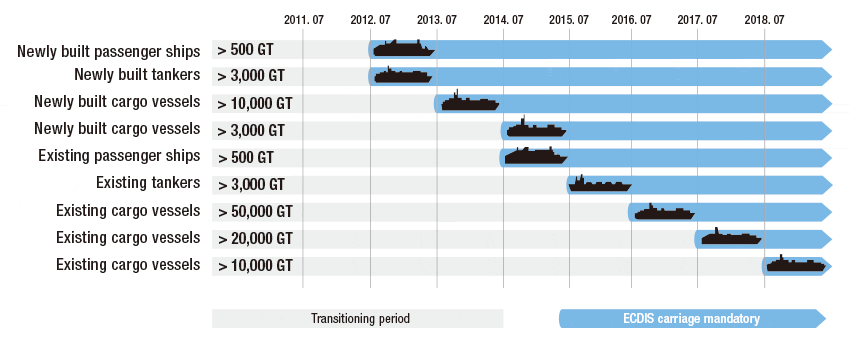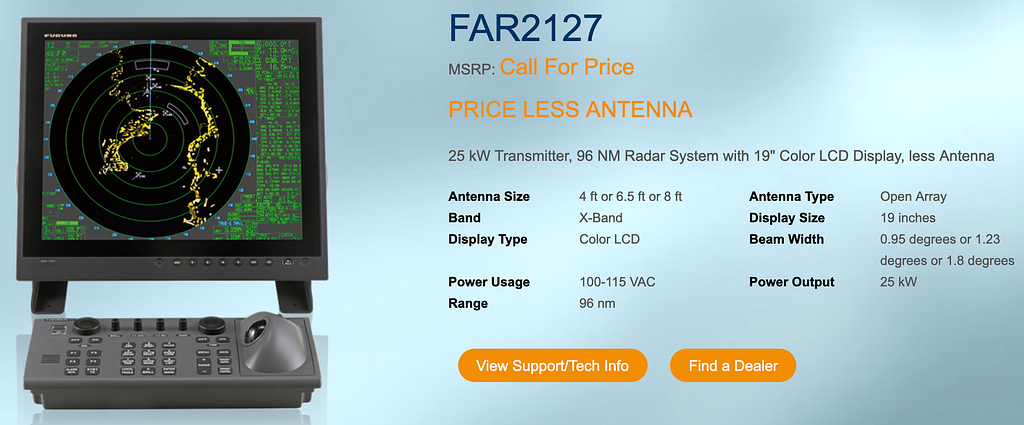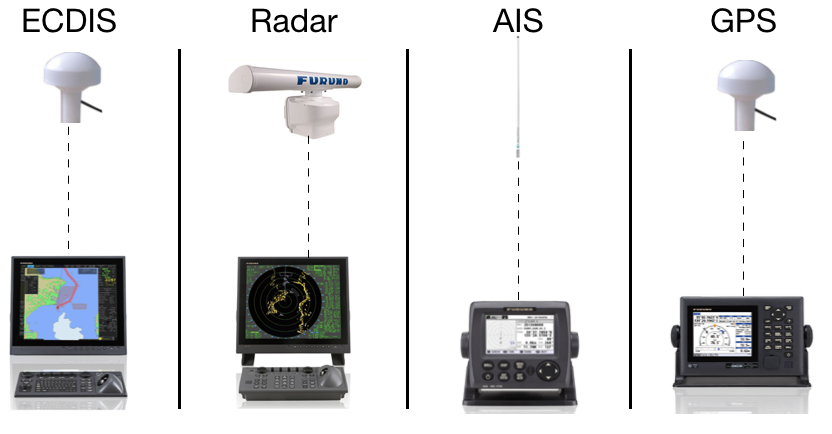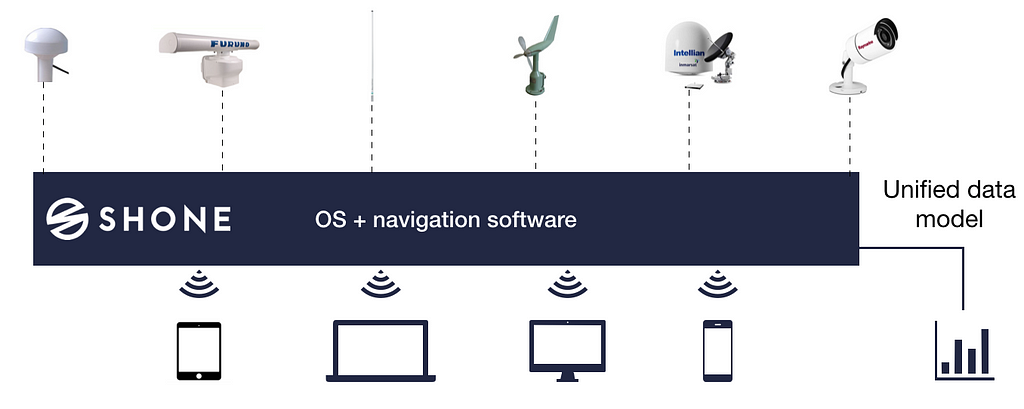2017–2019, a retrospective
Two years ago, I started Shone with my co-founders Ugo and Antoine with the idea that other transportation industries had seen a lot of innovation and digitization that had not yet reached the maritime world. Bear in mind, at that time it was not yet mandatory for all cargo vessels to carry a digital chart system (ECDIS).

Similarly, while there were dozens if not hundreds of startups and large companies working on autonomous ground vehicles (trucks, cars, delivery robots, etc.) and drones, there were surprisingly few working on ship autonomy and navigation assistance systems (I can recall about 3).
Since then quite a few interesting developments happened. In particular, we witnessed a strong initiative in maritime technology with industry-focused VCs and incubators popping up, ecosystem initiatives being launched, startups forming and big corporations working in the space.
A radical change for the industry
Just recently, we celebrated Shone’s 2nd birthday and it struck me how radical the change we are proposing to the industry is. Let me share this vision with you.
For the longest of time, the industry has been working in vertically integrated sensor silos. If one looks at a bridge, one will see a radar screen, directly linked to the radar magnetron above their head and independent of the rest of the sensors. Similarly, next to this radar screen there will be an Electronic Chart Display System (ECDIS) that only displays charts. And next to it there will be an Automatic Identification System (AIS) module, and a GPS unit, and a speed log, and a wind speed panel, etc.

The point here is that those systems were designed as vertical value units, from sensor to display. And since companies making them historically come from hardware, a lot of efforts go into the sensor design, and much less into creating an experience and interface that serves the end user. The result is a sequence of screens each serving one purpose with their custom interfaces, a living hell for navigators who have to jump between screens, data sources and representations to make safety-critical decisions.

Makers have therefore introduced the so-called Integrated Bridge Systems (IBS). But in truth, an IBS is simply a system on which you can select between the radar program and the ECDIS program on each of the computers of the system. Hardly an “integrated” system, each program still only does one thing.
What Shone has been aiming to do since its inception is to radically change the way we think about ship systems. The analogy I like is the Operating System (OS). An OS abstracts away all the hardware specificities of the device you’re using to provide you with a single experience.
It does not mean that all devices can do the same, for instance that fact that you have a touchscreen will enable some interactions that you otherwise would not have access to. Or having a strong processor will let you perform video edition much faster. But as a user, the experience you have with a Lenovo computer or a Dell or an HP is very similar and you are not lost switching from one to the other.
Shone’s vision of navigation systems
Shone wants to break vertical sensor silos and replace them with a unified experience because what matters is the safe and efficient navigation of ships.
We provide the best navigation assistance systems regardless of your sensor stack. Of course a ship that has certain sensors can benefit from additional features but in the end the experience and philosophy remains the same across all vessels. The illustrations below show the change we propose.


Because the sensors are now communicating with each other in a single language, the applications are limitless: use target information from all sensors, cross-correlate your onboard anemometer with weather sources to verify accuracy, analyze ship performance depending on sea state, re-route your vessel based on latest route optimization.
Of course, all the navigation programs can be accessed seamlessly from any device both onboard and onshore. This means that you can plan your route on your ultra-large touchscreen desktop, perform lookout with your tablet in your hands and monitor the passage on your phone in the ship’s office.
We also believe deeply in data sharing. This means that we share our data format with our customers so they are also able to leverage the data we collect on their ships for their own internal needs and projects.
Moving away from a sensor-first approach to an integrated navigation OS will help the industry and crews tremendously, and usher shipping in a new era of greater efficiency and safety.
Like this ? Get in touch: [email protected]
The State of Maritime Tech was originally published in Shone Blog on Medium, where people are continuing the conversation by highlighting and responding to this story.